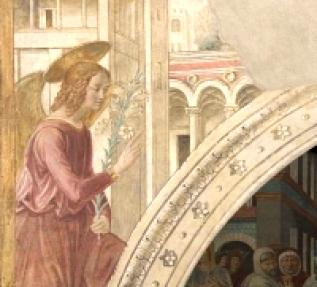THE SECRET OF THE OLD MASTERS!
Artists sometimes are fascinated by the search for a “Secret” that makes old master paintings last so long and look so great. One eighteenth century painter, Sir Joshua Reynolds, suggested the secret was a red oxide pigment named after the Turkish city Sinop. Reynolds believed that the secret pigment had been lost in history, and only rediscovered in the 1600s. However, Cennino Cennini writes about it in the 15th century, saying “it stands working up well; for the more it is worked up, the finer it becomes”. There is a Sinopia museum in Pisa that specializes in old master drawings made with Red Iron Oxide. Red Oxide was used historically for under-paintings, and was a basic pigment used in fresco techniques.
Sinopia is an Iron Oxide clay, used all over the world. It appears in various forms such as red, yellow, orange, and black, with names such as Burnt Sienna, Yellow Ochre, and Raw Sienna. So how is it the secret of the masters? It turns out that Iron Oxides have some very interesting and unique qualities. First of all, they work quite well with the oils in painting because they facilitate drying. They help the oils dry faster and more thoroughly. In contrast, Titanium White has no drying action at all. Iron Oxides are also durable. They are used in paints for anti-corrosion coatings, such as you see on large red metal construction beams.
So is the search for the Secret of the Masters just a waste of time, something artists do to make up for lack of genuine skill? Perhaps not. It appears that Iron Oxide pigments are a perfect match for oil painting! Many of the old masters such as Rubens, Rembrandt, and Franz Halls never used more than five to seven colors, mostly Iron Oxides. It is great that we have hundreds of new pigments and other resources to use. But it is equally important that we not forget the history of painting, and the discovery that some materials, such as Iron Oxides, work extremely well!




